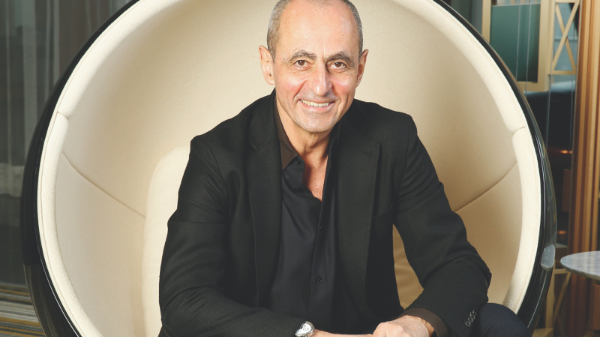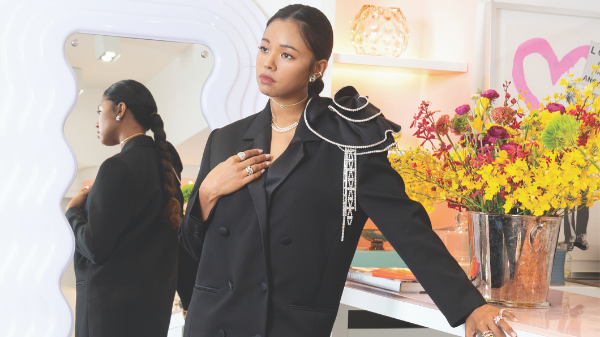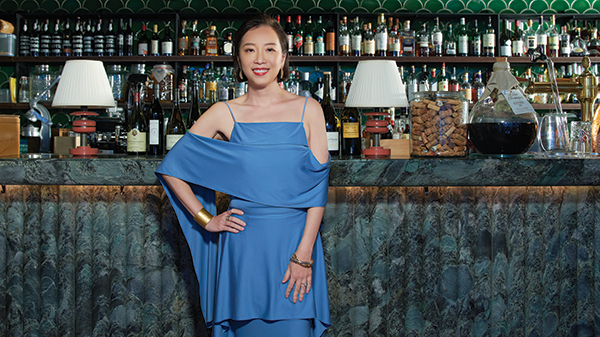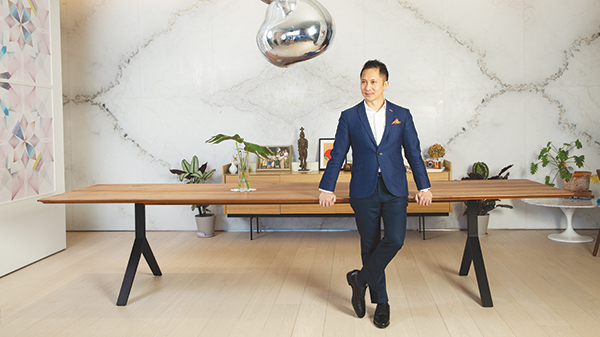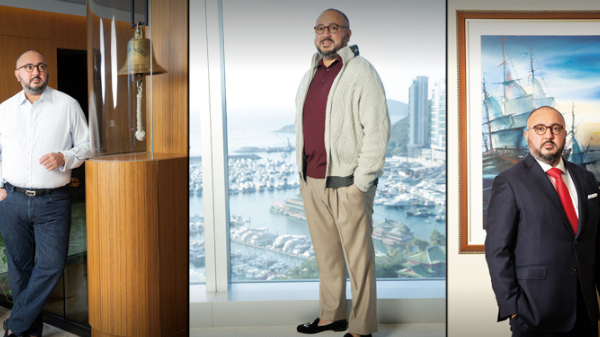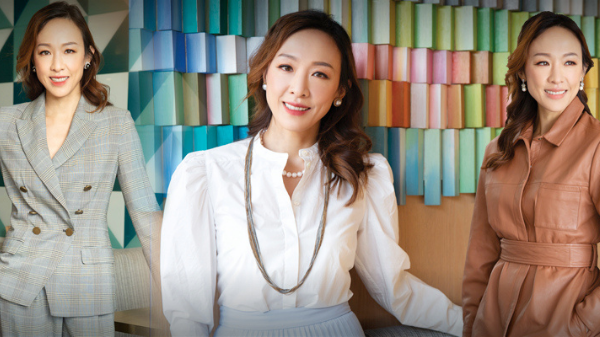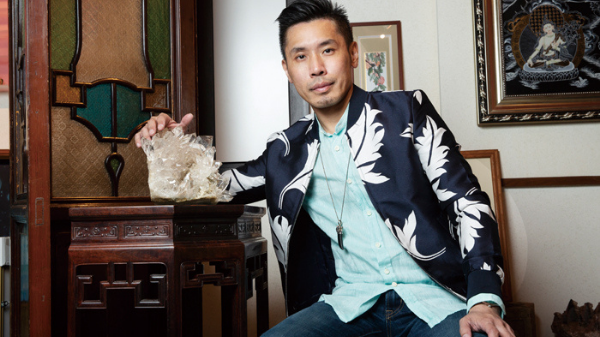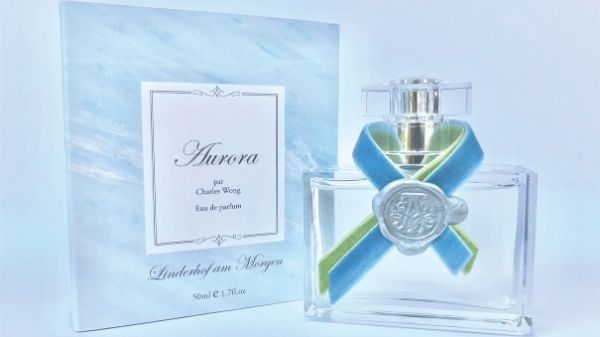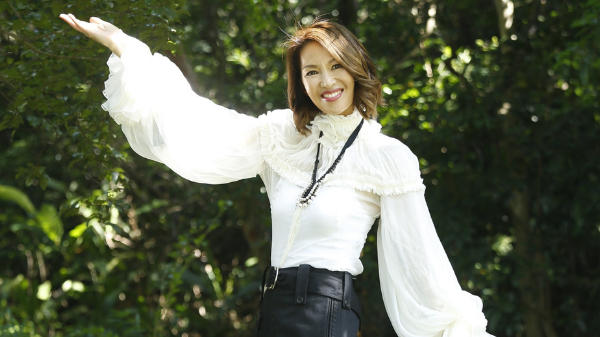As the founder and CEO of Synergy Distribution Limited, Daniel Zigal has made a successful career of bringing innovative new products to Hong Kong…
What can you tell us about your childhood in Hong Kong and its impact on you?
I’m extremely grateful to have grown up in Hong Kong. My childhood was really fun – everyday was a different adventure. This city is one of the most amazing places in the world, a place where you get to be exposed to so much diversity at a very young age. Even as a child, I realised that the city has so much to offer if only you knew how to take advantage of the opportunities at hand.
My family has been in Hong Kong for three generations. So, our home was really rooted here, which explains how I grew up with more of an Asian sensibility than a lot of my Western friends did. The experience I had growing up here also taught me to be independent at an early age. This, as well as having my father as a role model, served as the cornerstones of my entrepreneurial path.
You were educated in Hong Kong, too?
Well, I spent my kindergarten and primary school years in Hong Kong, but I then moved to the United States to attend boarding school. This led me to study for a degree in Economics at the University of Southern California. It proved a great way to broaden my perspective on the world and ensured my thinking never became too limited.
You then returned to Hong Kong and launched Rio, your first business…
Looking back, while I’m very grateful to have had the opportunity to expand my horizons outside of the SAR, I always knew that my love for this city would one day bring me back home to start my first business. When I returned after graduating, though, my parents tried to nudge me towards a more traditional career path, even though I knew I wanted to follow a very different course. In fact, I had always envisioned creating something of my own. Between 2003 and 2006, when I was working on a product intended to add value to the mint market, I realised that there was a real opportunity there. At the time, the variety on offer was limited, while the packaging was plain and lacking in appeal. I decided I wanted to break the mould and that’s how Rio came about.
Were there any particular challenges you faced back then?
In the very early stages, I was a one-man band, doing everything alone and having to learn new things every day. While I didn’t have a team, resources or any real knowledge as to how to raise capital, I was sure this was something I loved. Passion drove me through every challenge as I set about building the brand, whether personally bringing the products from the factory back to Hong Kong, driving to the warehouse to pick up stock, attending buyer meetings or taking care of the marketing. In the end, it took several years for the brand to grow, with being both the brand owner and the distributor the most difficult part. I did, however, learn valuable lessons, which helped me understand the business from the ground up.
That then led on to your current business, Synergy…
In the beginning, we were trying to find distributors and someone to manage Rio, but that proved to be difficult. As with any new company, it wasn’t easy to get people to believe in the business. So, in 2007, Synergy was formed as the distribution company for Rio, which allowed the brand to officially launch that same year.
Once I got Synergy up and running, I realised that we could bring more products into Hong Kong by utilising the company’s network, which extended to all of the city’s major retailers and distribution pipelines. There is such a wide array of amazing brands and products that I, myself, love but are unknown in city. As a result, I wanted to bring these cool, innovative products into Hong Kong and work with them just as passionately as I did with Rio.
Today, Synergy actively scours the market, looking for exceptional products and new trends. We either invest in them or partner with brands and help them realise their full potential via our brand building expertise. Essentially, we act as an incubator in the Fast Moving Consumer Goods (FMCG) space and guide them through their “to-the-market” plans, which include sourcing, production and communication strategies, as well as spearheading their distribution efforts.
What are the exciting new projects you’re currently working on?
Well, I wanted to go back into creating our own brand once again. While I enjoy working with other brands, I particularly love the creative process that goes into building a brand from scratch. One of the projects that my business partner and I are most excited about is a fun new ultra-premium pre-mix alcoholic beverage, which we are calling Chateau Highball. It is a pre-mix gin and tonic in a champagne bottle and it foams and pops like a champagne. We are confident it will disrupt the champagne and celebratory beverage market. We are also working on a revolutionary new concept in the seafood space, of which you will probably be able to see later this year.
What do you see as the secret of business success over the long-term?
A lot of Hongkongers would say it’s down to having a good Feng Shui master, joking aside, though, as your business grows and requires more support, I think the most important thing is the people you work and surround yourself with. It’s critical to have people who function well as a team and who have your – as well as the company’s – best interests at heart. Secondly, I try to make sure I hire people who are smarter than me. It’s important to be aware of your own weaknesses and to employ people who can fill those gaps. Lastly, though, it’s smart to listen to other people, it’s even more important to believe in and trust yourself.
How have you weathered the challenges of the recent turbulet times?
I think the past two years have been extremely difficult for everyone in Hong Kong. The retail business was hugely affected by the effects of the social unrest and the Covid-19 pandemic that followed. Despite that, I think the biggest change has been the move to online sales. We adopted an online business model early on and, as we had firm relationships in place, that helped us survive when the market moved more in that direction.
What now – if anything – remains at the top of your bucket list?
Well, I would dearly love to explore life being based outside of Hong Kong, as I’ve been here for so long. Travel and exploring the world are so important to me, so I’d love to be able to do that while still building brands, which also remains a passion. To do that, I would love to have businesses that I can run without having to be tied down to one place.
Thank you.
Interview by: Roberliza Eugenio
Photographer: Jack Ngai
Videographer: Kingsley Lau
Art director and styling: Jhoshwa Ledesma










